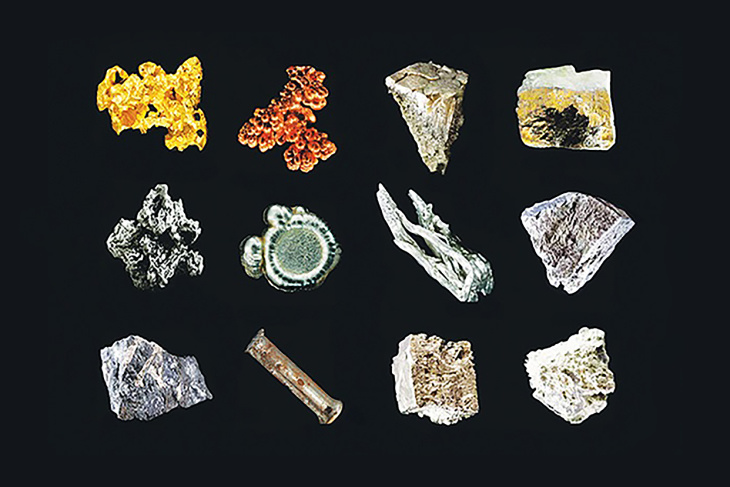
Heavy rare earth elements: terbium (Tb), dysprosium (Dy), holmium(Ho), erbium (Er), thulium,(Tm), ytterbium(Yb), lutetium(Lu), scandium (Sc), yttrium(Y).Rare earth metals and alloys that contain them are used in many devices that people use every day such as computer memory, DVDs, rechargeable batteries, cell phones, catalytic converters, magnets, fluorescent lighting and much more.ĭuring the past twenty years, there has been an explosion in demand for many items that require rare earth metals.Light rare earth elements: lanthanum (La), cerium (Ce), praseodymium (Pr), neodymium (Nd), promethium (Pm), samarium (Sm), europium (Eu), gadolinium (Gd).The definition of the two groups is according to the electron configuration of each rare earth element. The rare earth elements are usually classified into two categories: light rare earth elements (LREE) and heavy rare earth elements (HREE).The sodium double sulfates of the cerium group are difficultly soluble, those of the terbium group slightly, and those of the yttrium group are very soluble.


The reason for this division arose from the difference in solubility of rare earth double sulfates with sodium and potassium. Europium, gadolinium, and terbium were either considered as a separate group of rare earth elements (the terbium group), or europium was included in the cerium group, and gadoliniun and terbium were included in the yttrium group. In those days, the first separation was into two main groups, the cerium group earths (scandium, lanthanum, cerium, praseodymium, neodymium, and samarium) and the yttrium group earths (yttrium, dysprosium, holmium, erbium, thulium, ytterbium, and lutetium). Before the time that ion exchange methods and elution were available, the separation of the rare earths was primarily achieved by repeated precipitation or crystallisation."REE" is used to signify the chemical location where any of the rare earth elements may substitute. A list of common rare earth element bearing minerals is provided below.The main commercial source of scandium is as a by-product from the processing of uranium and tungsten. Of lesser importance are zircon (Th, Y and Ce) and euxenite. Other commercial sources of REE are apatite and loparite (western Russia), REE-bearing clays ("Longnan clay" or "southern ionic clay", Jiangxi Province, China), and various minerals such as allanite that are produced as a by-product of uranium mining (Canada).Following weathering of these rock types, monazite and xenotime are concentrated in heavy mineral placer deposits because of their resistance to chemical attack and high specific gravity. Monazite and xenotime are more common as accessory minerals in low-Ca granitoid rocks and pegmatites. Bastnaesite occurs predominantly in calc-silicate rich rocks related to alkaline intrusive igneous complexes, in particular carbonatite.


Xenotime and minerals such as allanite are common sources of the heavy REE and yttrium. Monazite is also the principal ore of thorium, containing up to 30% Th, together with smaller quantities of U, both with radioactive properties.
#Rare earth elements free#


 0 kommentar(er)
0 kommentar(er)
